Articles
Explore our collection of articles covering a wide range of topics.
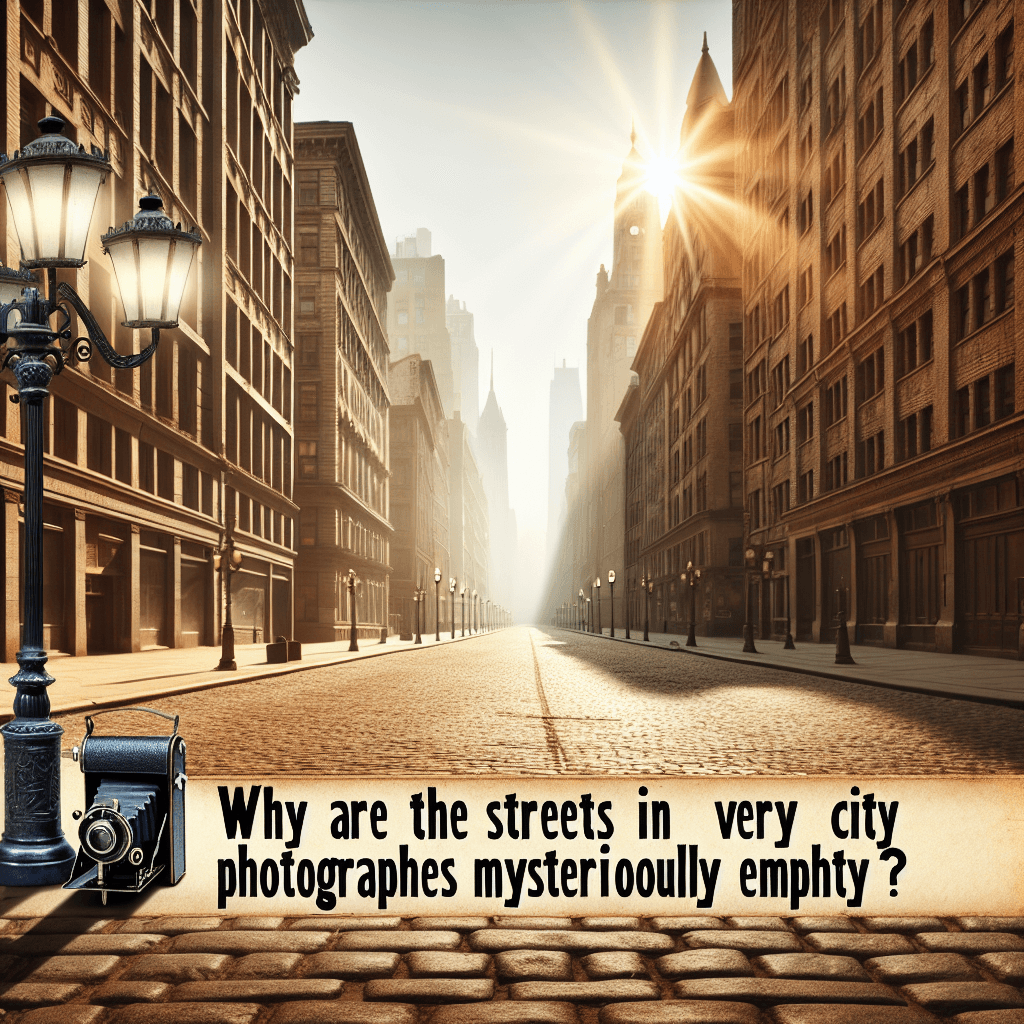
Why are the streets in very old city photographs mysteriously empty?
TLDR: Early cameras required extremely long exposure times. Moving objects like people and carriages were too fast to be captured, becoming invisible or just a faint blur, which created the illusion of empty streets.

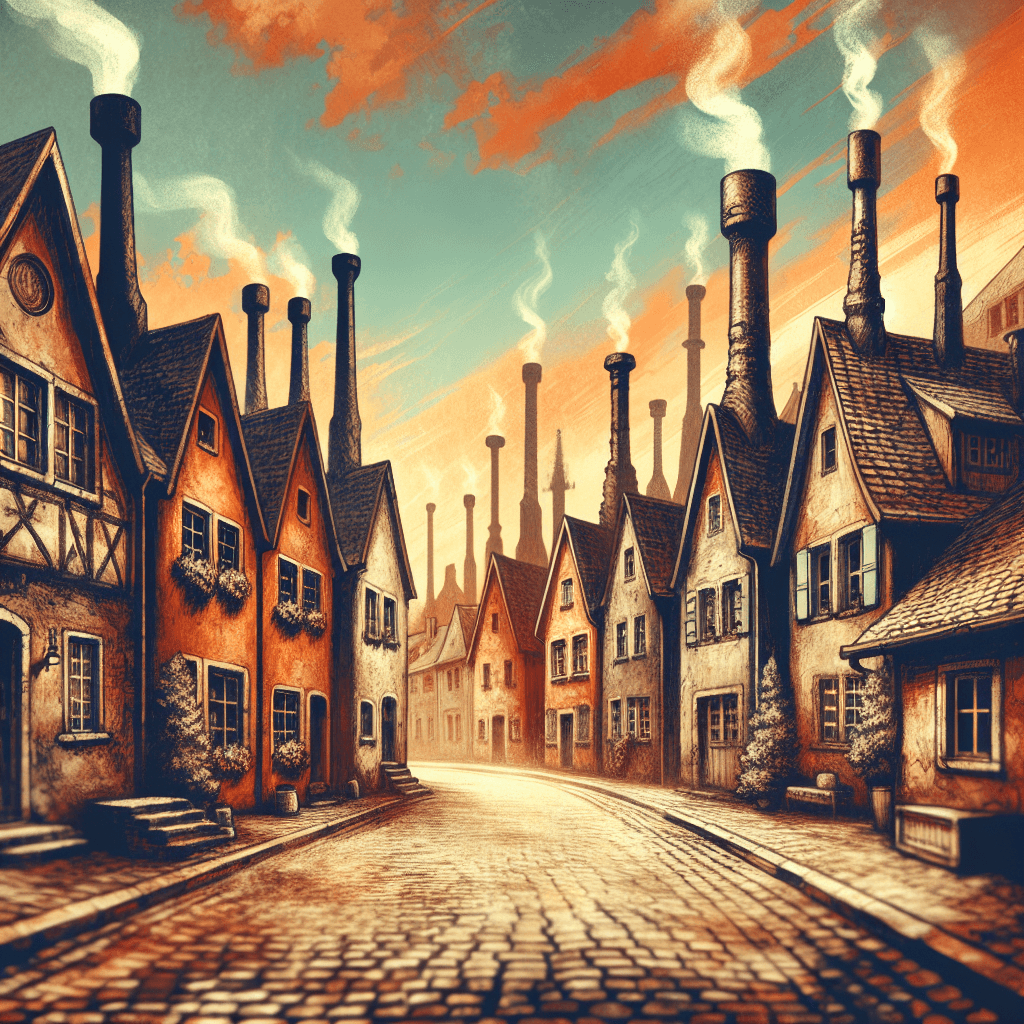
Why are the chimneys on some old houses deliberately built crooked at the top?
TLDR: Chimneys were built crooked to route them from a fireplace on an outer wall to the central, more stable peak of the roof. This also improves draft and helps keep rain out.

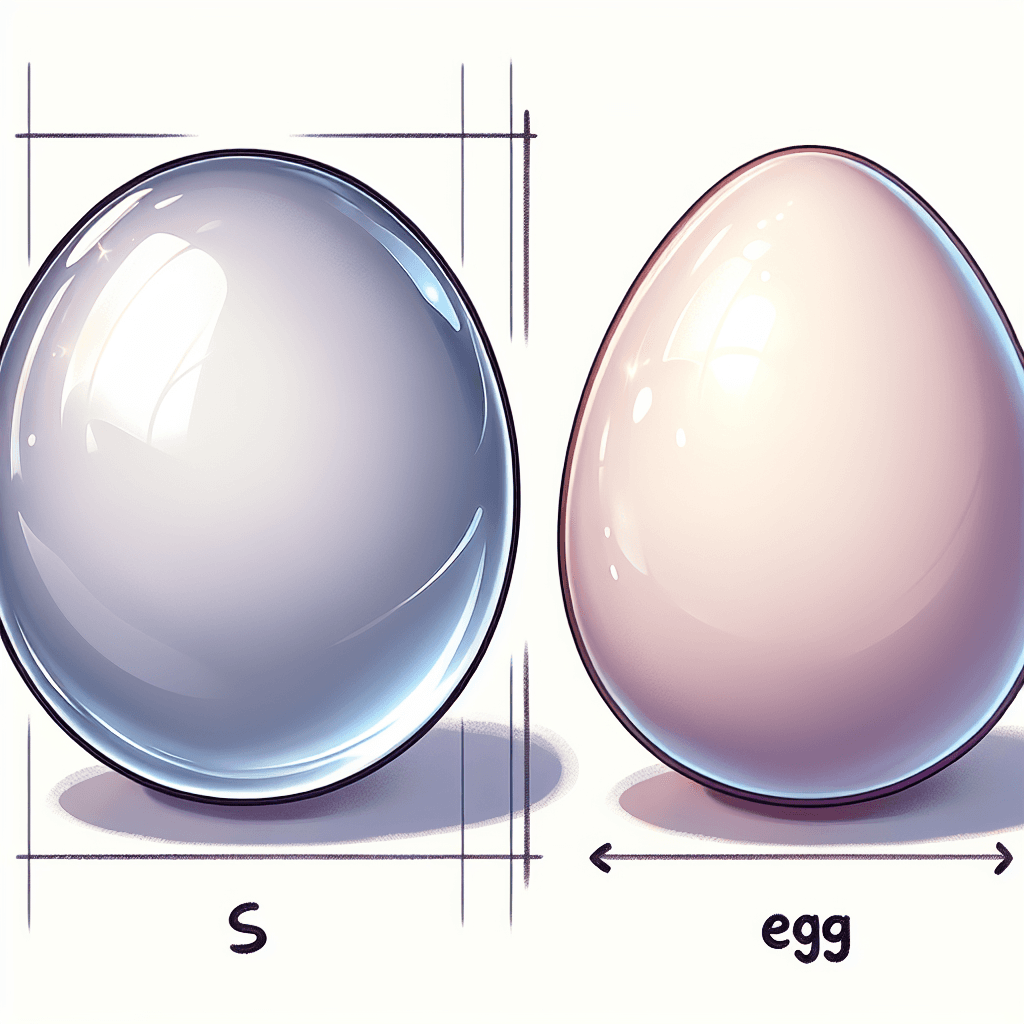
Why are eggs egg-shaped instead of being perfect spheres?
Eggs are egg-shaped because the asymmetrical shape is structurally strong, packs efficiently in a nest, and prevents them from rolling off ledges by making them roll in a tight circle.


Why are notebook lines usually blue but the margin line is red?
TLDR: Blue lines were historically invisible to early copiers, making them disappear on copies, while the attention-grabbing red margin line clearly marked a space for a teacher's or editor's notes.

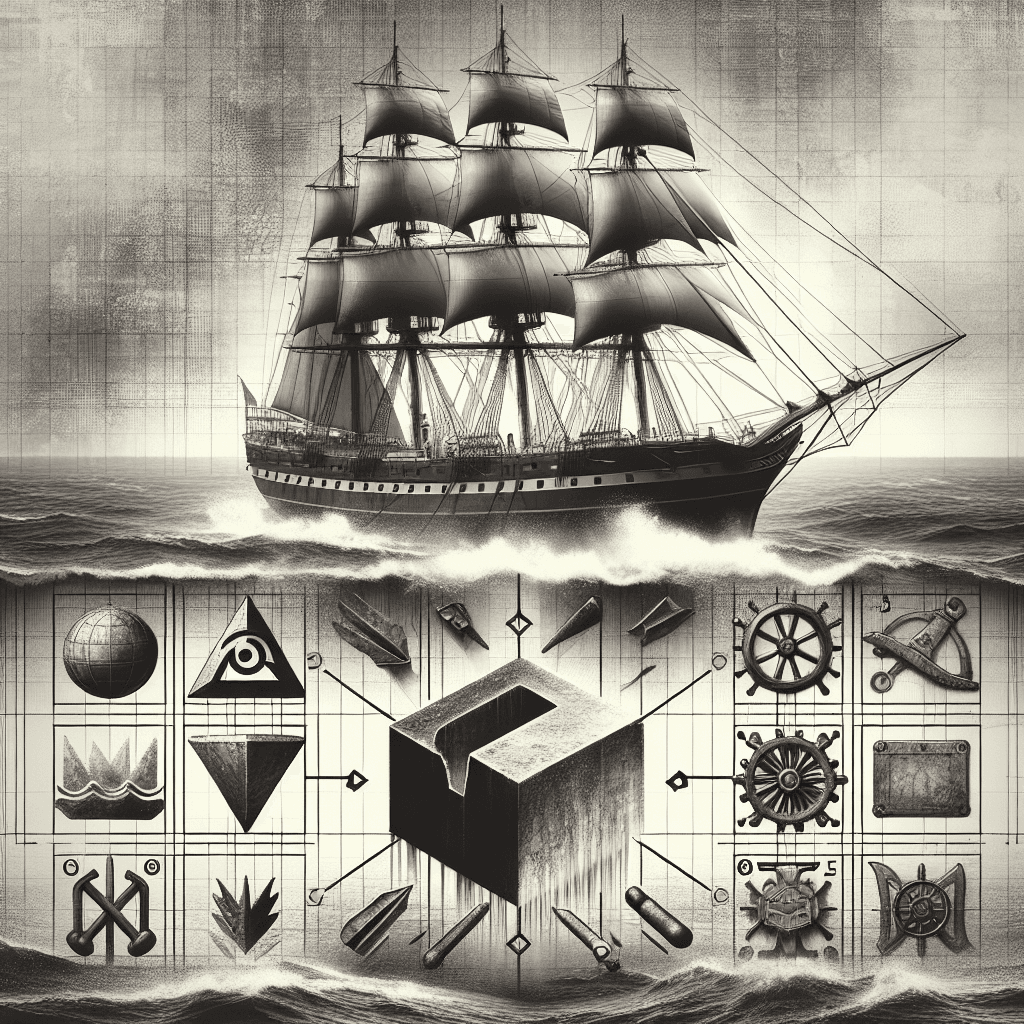
Why are some ships deliberately fitted with metal blocks that are designed to be destroyed?
TLDR: Those blocks are sacrificial anodes. They are made of a metal that corrodes more easily than the ship's hull. In saltwater, the blocks get destroyed by electrical currents and corrosion on purpose, so the important parts of the ship, like the hull and propeller, are protected. It is much cheaper to replace the blocks than to repair the ship.

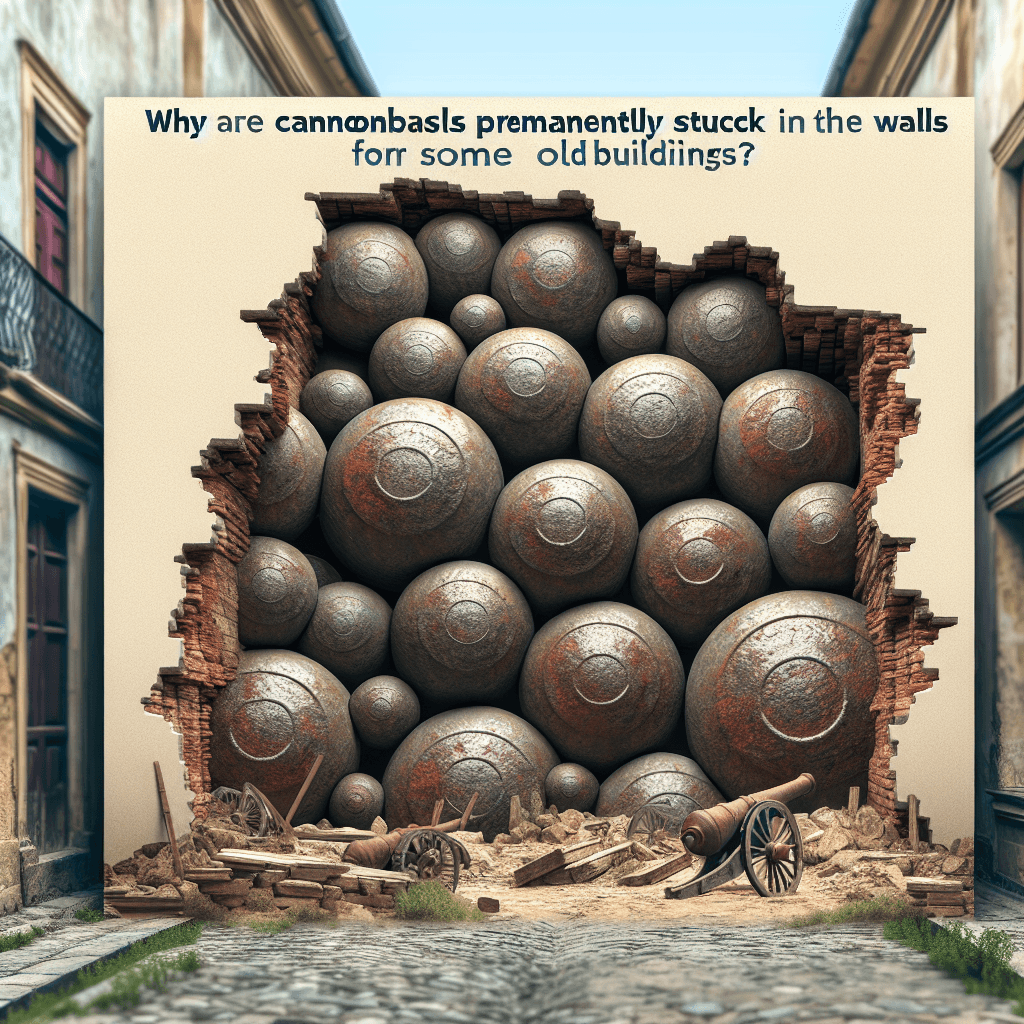
Why are cannonballs permanently stuck in the walls of some old buildings?
TLDR: Cannonballs are left in old walls intentionally as memorials to past battles, or because it was too difficult and damaging to remove them.
